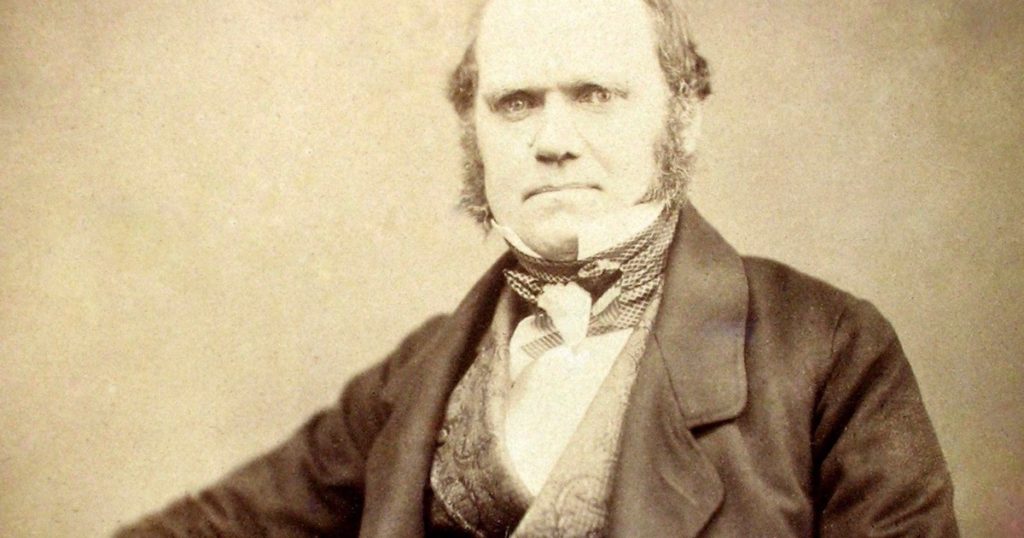 Evolution
Evolution
 Intelligent Design
Intelligent Design
Theory in Crisis? Some Cautionary Words

Editor’s note: We have been delighted to present a series by biologist Jonathan Wells asking, “Is Darwinism a Theory in Crisis?” This is the fifth and final post in the series, which is adapted from the recent book, The Comprehensive Guide to Science and Faith. Find the full series here.
Philosopher of science Thomas Kuhn was criticized for various inconsistencies in his argument, including his tendency to switch back and forth among several meanings of paradigm and theory. More seriously, he was criticized for his relativism because he sometimes wrote as though no paradigm is any closer to objective reality than any other. But it seems to me that Kuhn’s biggest problem was that he himself operated within a paradigm — Darwinism — without recognizing it as such. For example, in opposition to Karl Popper’s view that theories cannot be verified but only falsified, Kuhn wrote that “verification is like natural selection: It picks out the most viable among the actual alternatives in a particular historical situation.”1
How Science Evolves?
Kuhn even concluded The Structure of Scientific Revolutions by calling his approach “the evolutionary view of science.” At the end of his last chapter he wrote:
The analogy that relates the evolution of organisms to the evolution of scientific ideas can easily be pushed too far. But with respect to the issues of this closing section [i.e., progress through revolutions] it is very nearly perfect…[T]he resolution of revolutions is the selection by conflict within the scientific community of the fittest way to practice future science. The net result of a sequence of such revolutionary selections, separated by periods of normal research, is the wonderfully adapted set of instruments we call modern scientific knowledge. Successive stages in that developmental process are marked by an increase in articulation and specialization. And the entire process may have occurred, as we now suppose biological evolution did, without benefit of a set goal, a permanent fixed scientific truth, of which each stage in the development of scientific knowledge is a better exemplar.2
Kuhn’s defense against critics who thereafter called him a relativist was based on the analogy between biological evolution and the history of science. In a 1970 postscript to his 1962 book, he wrote:
Imagine an evolutionary tree representing the development of the modern scientific specialties from their common origins in, say, primitive natural philosophy and the crafts. A line drawn up that tree, never doubling back, from the trunk to the tip of some branch would trace a succession of theories related by descent. Considering any two such theories, chosen from points not too near their origin, it should be easy to design a list of criteria that would enable an uncommitted observer to distinguish the earlier from the more recent theory time after time…[If such a list can be compiled] then scientific development is, like biological, a unidirectional and irreversible process. Later scientific theories are better than earlier ones for solving puzzles in the often quite different environments to which they are applied. That is not a relativist’s position, and it displays the sense in which I am a convinced believer in scientific progress.3
In the end, therefore, it seems that even Kuhn admitted that unguided processes do not solve problems or lead to truth; intelligent direction is necessary.
A Shift Toward Design
Despite these problems with Kuhn’s argument, we can still benefit from his descriptions of what happens during scientific revolutions. These include (1) the focus on debates over the definition of science; (2) the proliferation of variant articulations of the existing paradigm, which represent growing dissatisfaction among its adherents; and (3) the way defenders of an existing paradigm use all the institutional means at their disposal — including professional journals, membership in professional societies, and funding for jobs and research — to resist the challenger.
All of these are evident in the current controversy between Darwinism and intelligent design. Whether intelligent design will be the paradigm that successfully replaces Darwinism remains to be seen. But without a doubt, the modern neo-Darwinian model of evolution is a theory in crisis.
Notes
- Kuhn, The Structure of Scientific Revolutions, 2d ed., 146.
- Kuhn, The Structure of Scientific Revolutions, 2d ed., 172-173.
- Kuhn, The Structure of Scientific Revolutions, 2d ed., 205-206.


